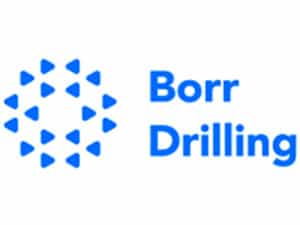
Schottel optimizes propulsion for Briese newbuilds
Written by Nick Blenkey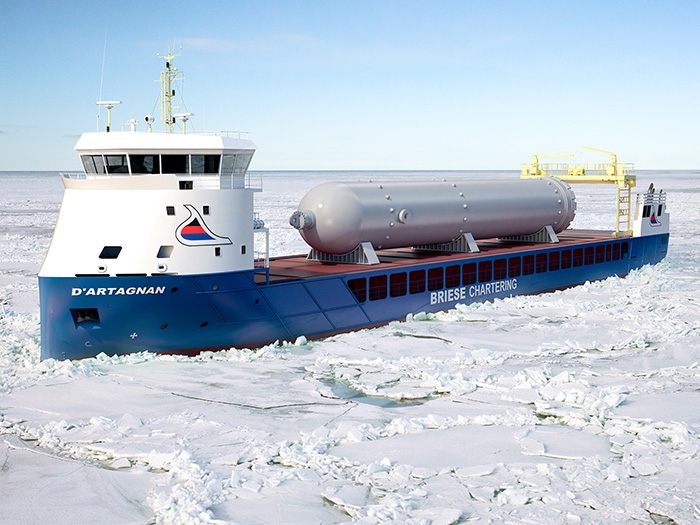
FEBRUARY 27, 2017 — Leek, Netherlands, headquartered Groot Ship Design has supplied the design and basic engineering package for a series of four next generation open top multipurpose vessels ordered from a Chinese shipyard by Germany’s Briese Group.
In close cooperation with both parties, Schottel performed enhanced CFD investigations to determine the optimal aftship configuration incorporating nozzle support and streamlined body between rudder and hull. As a result, a streamlined CPP installation will enable a power reduction of 3.7 percent.
The vessel design features the Groot Cross-Bow with integrated superstructure. The bow shape is optimized and fitted to sail in ice. The single cargo hold is fitted with pontoon hatches and is tested at HSVA model basin and proved to be able to sail completely open without hatches onboard. The vessels will be able to load project cargoes on tank top or tween deck, but are also fitted to carry full bulk cargoes.
Each will have a length of 89.99 m and a width of 14.80 m, with a difference in draft between 5.30 m (open) and 6.65 m (closed, summer drauft), and a carrying capacity of 3,400 t (open) and 5,000 t (closed).
Propulsion is provided by a Schottel controllable-pitch propeller with a power rating of 1,600 kW and a propeller diameter of 3,500 mm within the nozzle. The vessels meet the requirements of Finnish/Swedish ice class 1A.
Several actions were taken to optimize sailing on ice.
Schottel carried out various CFD simulations to investigate the best performance of two variants in the aftship. Variations in headboxes without struts and with two additional struts were tested, aiming for the most efficient use of power under service conditions. In this process the position and shape of the struts were considered carefully. Prior model tests at the HSVA model basin as well as extensive calculations revealed features such as a non-separated flow around the struts and the small headbox, leading to a significant decrease in hull resistance. The HSVA model testing included resistance/self-powering tests, ice power testing and seakeeping.
The result is a ship with very economical powering and a unique cargo flexibility setting a new standard in this range of multipurpose vessels.
Visualization of the flow through the nozzle


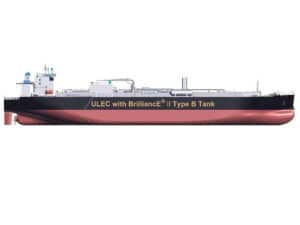
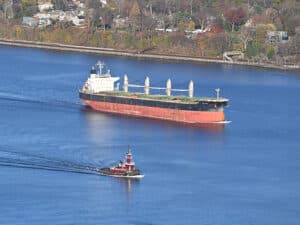

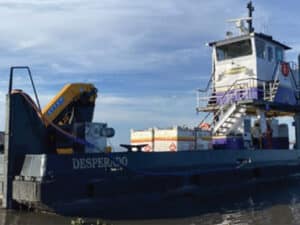
Leave a Reply
You must be logged in to post a comment.